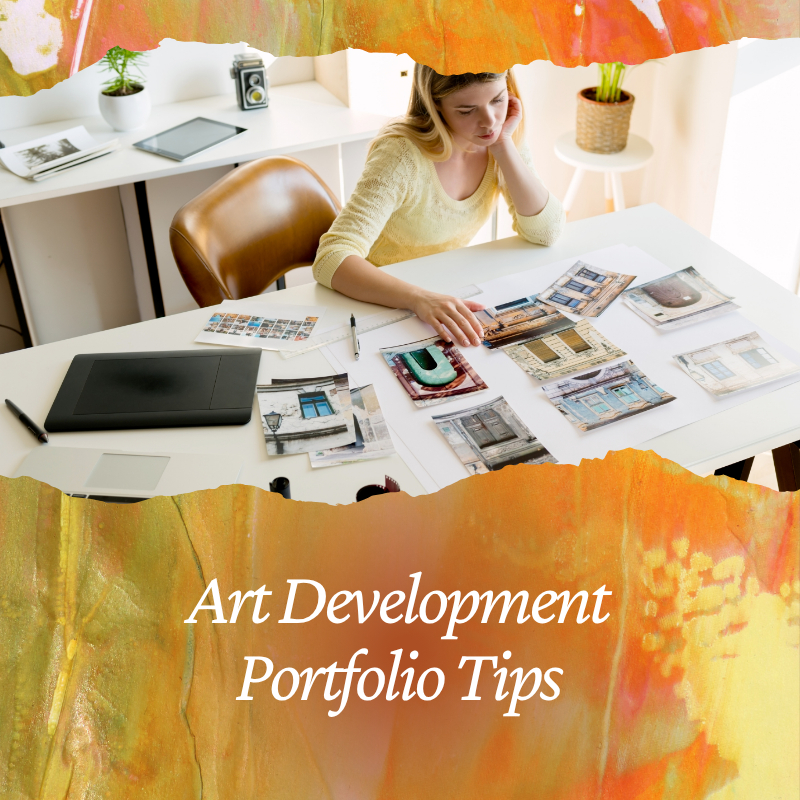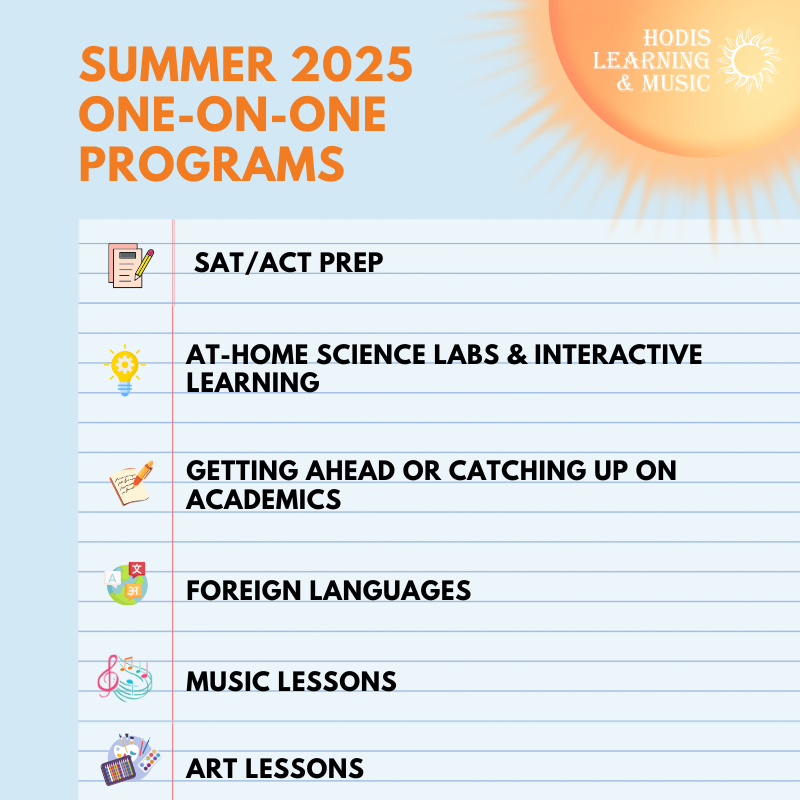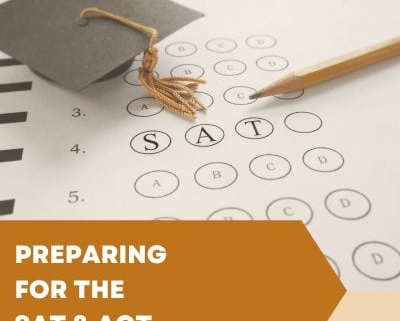Creating an art portfolio can feel intimidating, but it’s one of the most rewarding parts of an artist’s journey! Whether you’re applying to art schools, interviewing for creative jobs, or submitting work to galleries, your portfolio showcases not just your technical skills but your unique artistic voice. Here are some essential tips to help you develop, organize, and maintain a portfolio that truly stands out.
1. Understand the Purpose of Your Portfolio
Before you start gathering pieces, understand what your portfolio is for. Is it for a college application, a job interview, or a gallery submission? Each has different expectations. Art schools might want to see exploration, experimentation, and your creative process, while galleries prefer polished, cohesive bodies of work that reflect a clear style or theme.
2. Curate Thoughtfully (Quality Over Quantity)
It’s tempting to include every piece you’re proud of, but a strong portfolio focuses on quality, not quantity. Choose works that best demonstrate your range, skills, and personal interests. Always check specific requirements as to the number of pieces to include. Include a variety of mediums and techniques if relevant, but make sure they all reflect your style and commitment.
3. Show Your Process
Many schools and employers love to see how you think and develop ideas. Include sketchbook pages, drafts, or progress photos. These show that you’re not just technically skilled but also creative, curious, and capable of growth. These are valuable traits.
4. Keep It Cohesive
Even when showcasing range, your portfolio should feel cohesive. Pay attention to how your pieces flow from one to the next. Arrange them to tell a story or highlight connections between your ideas, techniques, or subjects. This creates a professional, intentional impression.
5. Present Professionally
Good presentation elevates your work. Make sure photos or scans are clear, well-lit, and high resolution. Mount physical works neatly if needed. For digital portfolios, keep file sizes manageable and follow naming conventions. Include titles, dimensions, medium, and brief descriptions when appropriate.
6. Keep Updating
A portfolio isn’t static; update it regularly. As you grow as an artist, your portfolio should evolve too. Review your collection every few months and swap out older works for new, stronger ones. This shows that you’re active, improving, and engaged with your craft.
7. Get Feedback
Before submitting, ask a teacher, mentor, or art professional for feedback. A fresh pair of eyes can help spot gaps, suggest stronger sequencing, or point out weaker pieces. Constructive criticism is invaluable to help you present your best work.
Ready to Level Up Your Portfolio?
Building a portfolio doesn’t have to be stressful, and you don’t have to do it alone! At Hodis Learning & Music, we help students develop and refine art portfolios for college, job applications, and gallery submissions. Our art lessons and portfolio development coaching are designed to elevate your skills and help you confidently showcase your best self.
Contact us today for more information about art lessons or portfolio assistance!















